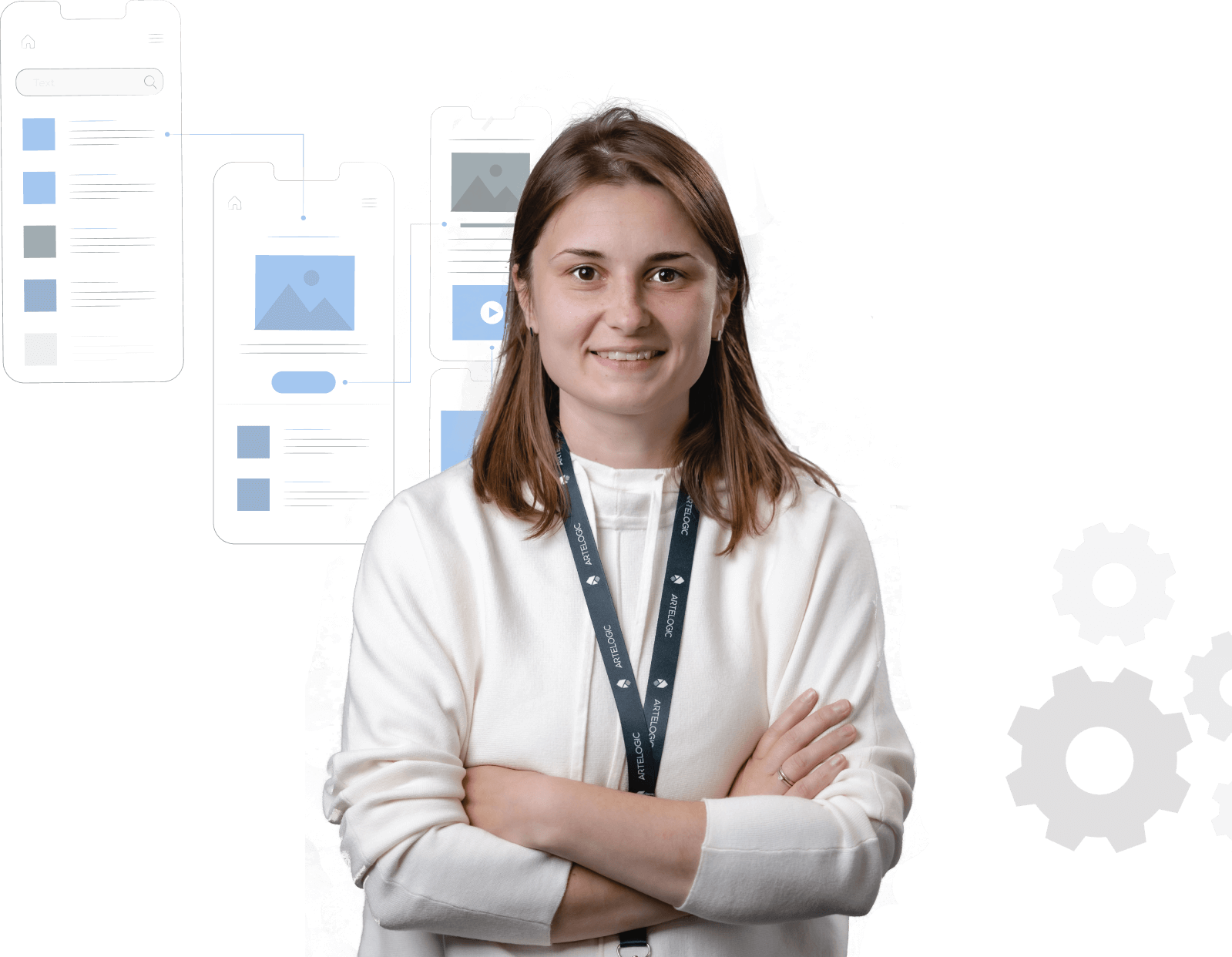Discovering User Needs and Preferences
Understanding user needs and preferences is at the heart of UI/UX design. By conducting user research through surveys, interviews, and other data sources, designers can gain insight into what users want and how they interact with digital products.
Creating Delightful User Experiences
UI/UX design is all about creating delightful and meaningful experiences that seamlessly blend the digital and physical worlds. By anticipating user needs by deeply understanding their behaviors and emotions, designers can create interfaces that solve problems and delight users.
User Interface and User Experience
UI (User Interface) and UX (User Experience) are two essential components of digital product design. UI refers to an interface’s visual and interactive elements, such as buttons, menus, and other controls. UX refers to the overall experience of using a digital product, including usability, accessibility, and emotional appeal.
Differences Between App and Website UI/UX Design
While the app and website design share some common elements, there are some key differences between the two:
- Apps are typically more task-focused, with a specific goal or action in mind, while websites may be more informational or exploratory.
- Apps are designed to work on a variety of devices with different screen sizes and resolutions, while websites are often optimized for desktop or mobile.
- Apps often use native features of the device, such as GPS, camera, and push notifications, while websites may rely more on web technologies such as HTML, CSS, and JavaScript.
Latest Trends in UI/UX Design
Some of the latest trends in UI/UX design include:
- Dark mode: dark backgrounds and white or light text have become increasingly popular, especially in mobile apps and websites.
- Minimalism: clean, simple interfaces with minimal elements and white space can make a design feel more modern and sophisticated.
- Voice user interfaces: the use of voice commands and responses is becoming more common, especially in smart home devices and virtual assistants.
- Personalization: users expect interfaces that are tailored to their needs and preferences, and designers are responding by creating more personalized experiences.









